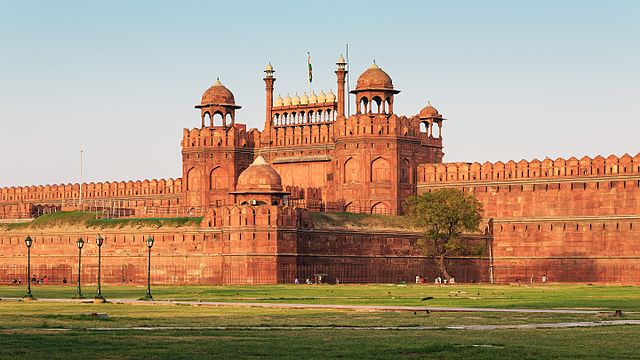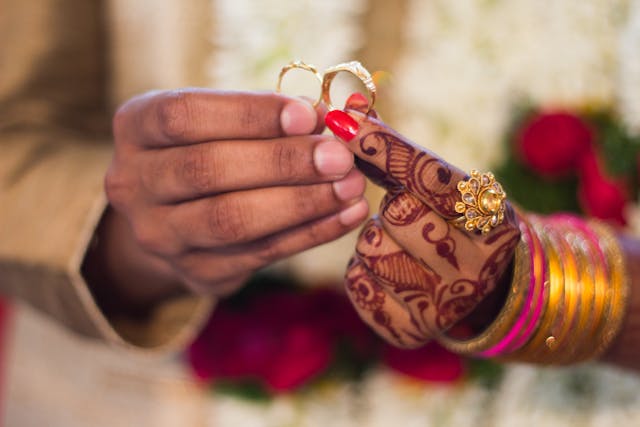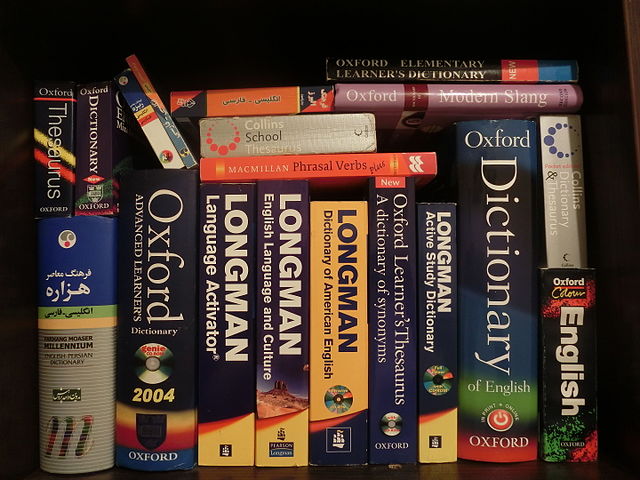Housing the capital of the world’s largest democracy, Delhi is home to about 10 million people and boasts of being the Rome of the East.
At first glance, just the number of people can overwhelm a lot of mortals, but spending some time here is bound to make one fall in love with the place.
The food, the markets, the streets, the hustle, and the bustle all have their own attractive charm, which probably no other city in the world can match. And the love for the city is not a new and novel thing, with emperors of the past falling for the city’s charms too.
Delhi has been at the heart of India’s imagination for a pretty long time.
Babur, who founded the Mughal Dynasty in India, set Delhi as one of his capitals, along with Agra and Lahore.
Babur was invited to attack the Lodi Kingdom (which ruled Delhi then) by one of its own governors who felt disaffected with the Lodi ruler. He was the ruler of Fergana, a province in modern Uzbekistan, but upon seeing the strategic and geographical advantages that Delhi has to offer, he decided to settle here.
And Delhi seems to have moved light years ahead of its ancient capital city rivals.
India was a hunting ground for raiders from Afghanistan and associated areas with numerous pillages carried out by the barbarous raiders in order to fill their coffers (The Somnath temple is a great example).
But it was Babur who first made India in general and Delhi in particular his home.
And truly, his descendants are more Indian than just foreign raiders, with his grandson Akbar still recounted as one of the most influential and progressive Indian rulers.

The area around Delhi, particularly between the Aravalli mountain ranges in the south and west and the Yamuna River in the east has been quite active historically.
For example, Prithviraj Chauhan, one of India’s more celebrated warrior kings, used Lal kot as a defence against the Muslim invaders from Afghanistan and associated areas.
Under his rule, the area came to be known as Qila Rai Pithora and is now known as Mehrauli.
Around the area, numerous other notable settlements also grew. The Fort at Tughaqabad is an ideal illustration. It is roughly 6 km long and was constructed in 1321 by Ghiyas ud-din Tughlaq. Despite the fact that it was abandoned within six years of its completion, it shows how powerfully Delhi drew the attention of ancient rulers.
Furthermore, no single ruler can fully claim the city, which is thought to be a collection of seven cities.
Let’s look at them in a chronological order:
Lal Kot
Historians and archaeologists generally agree that Anangpal Tomar of the Tomar Dynasty laid the foundation for Delhi in 736 A.D.
It was meant to serve as the centre of many of the nearby villages. Anangpal Tomar II fortified the area, which was then known as Lal Kot, transforming it into a Tomar stronghold.
After his death, Prithviraj Chauhan, the King of Ajmer and the maternal grandson of Muhammad Ghori, stopped Ghori’s raids, defeating him 14 times before he died.
Siri
The Siri Fort, considered to be the second city of Delhi, was built during the reign of the Turkish ruler Ala-ud-Din Khalji to defend the city from Mongolian raiders.
It is said that the fort derives its name from the “Sir”—which means “head” in Hindi—of the 8000 Mongol soldiers who were killed in the war and whose heads were used as the foundation of the fort.
The Siri fort was built around 1303 A.D. and is the first to be entirely constructed by the Turks. Ala-ud-Din Khalji, however, was a man of quite some arrogance and a reputation for war mongering and had taken upon himself the title of ‘Sikander-i-Sani’ i.e., the second Alexander.
He also wanted to build a tower twice the height of the Qutub Minar, which had been built about a century ago by Qutub-ud-Din Aibak. To make things chronologically simpler here, consider the following timelines:. After Muhammed Ghori defeated Prithviraj Chauhan, the Rajput rule over Delhi ended and the Muslim rule began.
And after Muhammed Ghori’s death, Qutub-ud-Din Aibak grabbed control of the city even though he was born as a lowly slave and had gradually risen up through the ranks. He was succeeded by Iltutmish who gave way to a number of successive weak ruers before Delhi finally landed with the Khaljis.
Tughlaqabad, Jahanpanah and Ferozabad
After Khalji’s reign, it was now time for Tughlaq rule. Ghiyas-ud-Din Tughlaq is credited with being the founder of the third city of Delhi, i.e., Tughlaqabad.
He is said to be an excellent military commander who brought about a lot of reforms in his administration and rule. Upon his death, he was succeeded by his son Jauna Khan, who eventually took the name of Muhammed Bin Tughlaq. He built the subsidiary fort of Adilabad in 1325 A.D., five years after Tughlaqabad had been established.
He also walled in the suburbs between Qila Rai Pithora and the Siri Fort and gave the area the name Jahanpanah, Refuge of the World. His reign, however, was turbulent and earned him the reputation of being one of the worst rulers in Indian history.
When he assumed the reign upon his father’s death, the Tughlaq Empire encompassed almost the entire north of India but soon began disintegrating due to a multitude of reasons, which primarily involved some bad decision-making by the emperor. Muhammed Bin Tughlaq was notorious for continuously shifting the capital of his kingdom from Delhi to Daulatabad, causing his subjects a lot of trouble and discomfort.
Moreover, he introduced copper coins instead of silver coins, and since it was easy for the anti-social elements to forge the copper coins, the currency lost value and the treasury became incredibly weak.
Redemption finally came in the form of Feroz Shah Tughlaq, cousin of Muhammed Bin Tughlaq, who assumed kingship after the latter’s death. Historians refer to him as a great reformer and the international cricket stadium in Delhi is also in fact named after this emperor. Feroz Shah Tughlaq built Ferozabad in 1354 A.D. which is known as the fifth city of Delhi.
But he was not considered to have martial skills and thus was unable to conquer the lost area during Muhammed Bin Tughlaq’s rule. Finally, when Timur invaded India in 1398, it sounded the death knell for the Tughlaq dynasty too and heralded the transition of Delhi into a Mughal city.
Dinpanah
It was now time for Mughal supremacy over India and Delhi. Babur had always thought of Delhi as his heirloom, as his forefather Timur had annexed it.
So he was not the one to let go of the chance when Delhi was almost laid out for him on a platter. Nevertheless, Babur’s reign was short-lived, and he was succeeded by Humayun, who is credited with building the city of Dinpanah.
Purana Qila, which is the oldest fort in Delhi, is known to be the inner stronghold of the city of Dinpanah. Moreover Purana Qila has mythological significance too with the fort believed to be the place where Indraprastha, the Pandava’s capital, stood.
Humayun, however, lost his throne to Sher Shah Suri in 1540 at the battle of Kanauj before regaining it back. He had been facing problems both from the inside and the outside, and his opium addiction did not help matters.
Delhi, however, flourished under Sher Shah Suri too, who was an excellent administrator and is credited with introducing the currency of Rupiya and the Grand Trunk Road. He was killed in an unintentional gunpowder explosion, and the weak rulers that followed gave the Mughals back control of Delhi.
Shahjahanabad
Humayun won back the throne from the Suris but soon departed for the heavens, leaving a 13-year-old Akbar at the head of the vast empire. Akbar, however, proved to be up to the task, and with assistance from Bairam Khan, he became one of the most prolific rulers in the history of India.
It was his son Shah Jahan, which literally means ruler of the world, who built the city of Shahjahanabad (now Old Delhi) and made it his capital. Also built was the Taj Mahal, which was in the nearby city of Agra during this time. However, his costly advances quickly drained the Mughal treasury, and his son Aurangzeb, an orthodox Muslim, took his place.
After Aurangzeb ended the Mughal empire’s control over the charismatic city of Delhi, it was now the turn of the British to shape the city into what it looks like today.
New Delhi
After passing into the hands of the English, the city’s landscape underwent drastic changes with about one third of the city being razed to the ground in 1858. And in December 1911, King George V shifted the capital of India from Calcutta to Delhi and Edwin Lutyens made responsible for most of the architectural designs and buildings in New Delhi.
The India Gate too is one such masterpiece from Lutyens and was built as a memorial for the 70000 Indian soldiers that laid down their lives in World War I fighting for the British Empire.
After the announcement of Delhi as India’s capital the preparations for building a majestic city started with full force. Along with the India Gate some other important structures during this period of time are the Rashtrapati Bhavan, the North and South Blocks of the Secretariat and a major portion of the Parliament.
It is pretty evident from its history that the city has a knack of overthrowing the occupants of its thrones. Be it from the ancient times of the Suris and the Mughals or in the current times when a young and dynamic political party manages to overthrow the party that had laid our country’s foundations! Delhi was, is and will remain the heart of India, politically, geographically and culturally.
Every paradigm shift begins here as should be for a nation’s capital. And it has had its fair share of controversies too. Be it ranking on the top of the most polluted cities in the world or being labelled as unsafe for girls, Delhi seems to be riding a wave perennially witnessing the highest of highs and the lowest of lows.
Delhi seems to have a personality. A song from the movie Delhi 6 talks about the city being a “mehfil” rather than a combination of bricks and mortar.
Pandit Jawahar Lal Nehru aptly summed up the feeling about Delhi “Even the stones of Delhi whisper in our ears of the ages of long ago and the air we breathe is full of dust and fragrance of the past, as also of the fresh and piercing winds of the present.
The traditions of millennia of our history surround us at every step, and the procession of innumerable generations passed before our eyes.”.
sources:
http://www.delhitourism.gov.in
Wikipedia.org
Lonelyplanet.com





